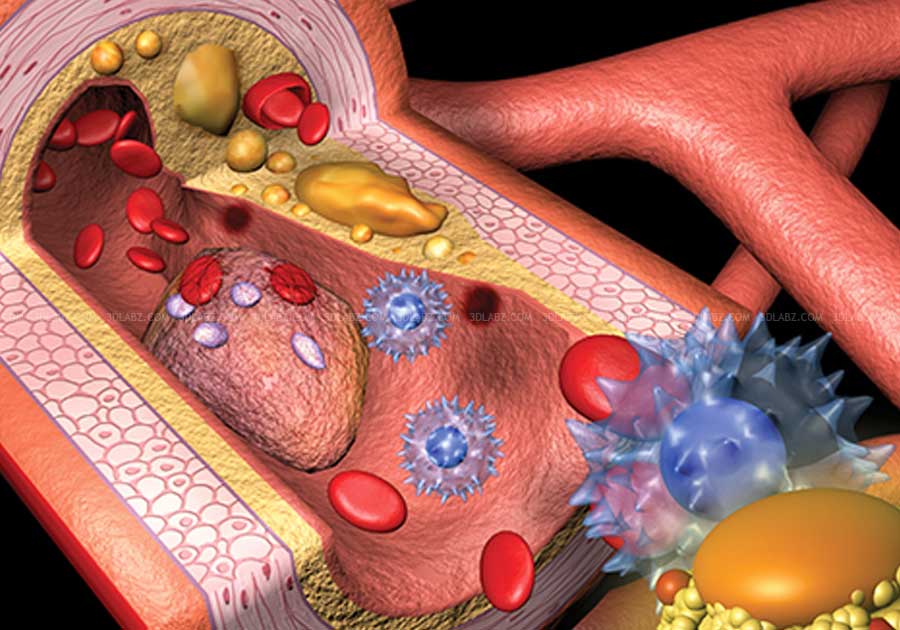The Role of Lipid Profiles in Aging and Age-Related Diseases

As a functional medicine practitioner, I often emphasize the importance of monitoring lipid profiles as individuals age. Lipid profiles, which include cholesterol and triglyceride levels, are critical indicators of cardiovascular health and overall well-being. This blog explores how changes in lipid profiles can influence aging and the development of age-related diseases, supported by the latest scientific literature.
Understanding Lipid Profiles
Lipid profiles consist of several components, including low-density lipoprotein (LDL) cholesterol, high-density lipoprotein (HDL) cholesterol, triglycerides, and total cholesterol. These lipids play significant roles in cellular functions and are essential components of cell membranes.
Lipid Profiles and Aging
- Changes Over Time: As people age, their lipid profiles typically undergo significant changes. LDL cholesterol tends to increase, which can lead to atherosclerosis if not managed effectively. HDL cholesterol, known for its protective effects against heart disease, can decrease (Heitmann et al., 1993).
- Impact on Cellular Aging: Lipids are integral to cellular structure and function. Abnormal lipid metabolism can lead to cellular dysfunction, promoting oxidative stress and inflammation, which are pivotal in the aging process (Kaplon et al., 2014).
Lipid Profiles and Age-Related Diseases
- Cardiovascular Disease: Elevated LDL cholesterol and low HDL cholesterol are linked with an increased risk of cardiovascular diseases, which are common in older adults (Ferrara et al., 1997).
- Neurodegenerative Disorders: Recent studies have suggested a link between dyslipidemia and the risk of developing neurodegenerative diseases such as Alzheimer’s disease, positing that lipid imbalances might influence the disease pathogenesis (Solomon et al., 2009).
Strategies to Optimize Lipid Profiles
- Diet: Incorporating a diet high in omega-3 fatty acids, soluble fiber, and plant sterols can help improve lipid profiles.
- Exercise: Regular physical activity can increase HDL cholesterol and decrease LDL cholesterol and triglycerides.
- Medication: When lifestyle changes are insufficient, medications such as statins may be prescribed to help manage lipid levels.
Future Directions in Research
Ongoing research continues to explore the complex relationships between lipid profiles, aging, and longevity. Innovations in lipid-lowering therapies and personalized medicine are promising areas that could significantly impact how we manage aging and associated risks.
Understanding and managing lipid profiles is crucial for aging healthily and preventing age-related diseases. Regular monitoring and proactive management of lipids can substantially contribute to enhanced longevity and improved quality of life.
References
- Heitmann, B. L., Erikson, H., Ellsinger, B. M., Mikkelsen, K. L., & Larsson, B. (1993). Mortality associated with body fat, fat-free mass and body mass index among 60-year-old Swedish men—a 22-year follow-up. The study of men born in 1913. Annals of Internal Medicine, 119(7 Pt 2), 669-673.
- Kaplon, R. E., Gano, L. B., & Seals, D. R. (2014). Vascular endothelial function and oxidative stress are related to dietary niacin intake among healthy middle-aged and older adults. Journal of Applied Physiology, 116(1), 156-163.
- Ferrara, A., Barrett-Connor, E., & Shan, J. (1997). Total, LDL, and HDL cholesterol decrease with age in older men and women. The Rancho Bernardo Study 1984-1994. Circulation, 96(1), 37-43.
- Solomon, A., Kivipelto, M., Wolozin, B., Zhou, J., & Whitmer, R. A. (2009). Midlife serum cholesterol and increased risk of Alzheimer’s and vascular dementia three decades later. Dementia and geriatric cognitive disorders, 28(1), 75-80.

